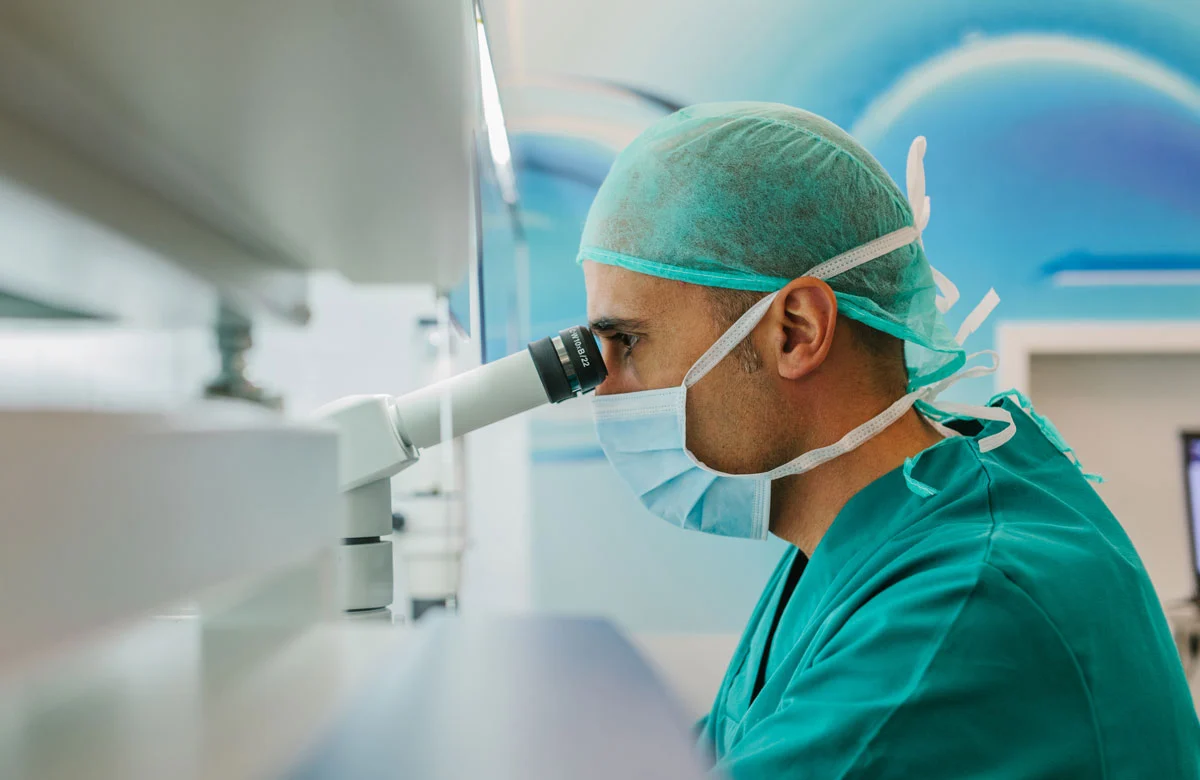
Testicular biopsy or TESE
Testicular biopsy or TESE (Testicular Sperm Extraction) is a supplementary technique to assisted reproduction treatments and it is used in cases of obstructive azoospermia (when the absence of spermatozoa in the ejaculate is due to an obstruction in the sperm ducts) and in some cases non-obstructive azoospermia (when the testicles do not produce enough spermatozoa), as well as in patients who have had a vasectomy but wish to become fathers.
What does testicular biopsy consist of?
Testicular biopsy is a simple procedure consisting of sampling testicular tissue in order to identify, and freeze if necessary, mobile spermatozoa which will subsequently be used in ICSI (sperm microinjection) cycles.
Testicular biopsy is performed under local anaesthetic and as an outpatient, with a small incision made in the testicle to obtain a tissue sample. This testicular puncture allows us to obtain the highest amount and best possible quality of spermatozoa from patients from whom this would otherwise not be possible.
What are the benefits of testicular biopsy?
This technique makes it possible to obtain spermatozoa even from males with high FSH levels and testicular atrophy. Testicular biopsy provides spermatozoa of the best quality.
ICSI with spermatozoa from TESE enables the resolution of cases of spermatozoa absence in the ejaculate, helping many couples’ dream of having a child come true.





